
Speak to a specialist
0208 777 4873
0208 777 4873
Places To See: Shanghai
YUGARDEN
Yuyuan Garden is the largest of Shanghai's ancient gardens with architectural styles of the Ming and Qing Dynasties. The garden has six areas, each with its own style. The Grand Rockery, in the center of the Garden, is the most renowned sight here. The garden was finished in 1577 by a government officer of the Ming Dynasty (1368-1644) named Pan Yunduan. Yu in Chinese means pleasing and satisfying, and this garden was specially built for Pan's parents as a place for them to enjoy a tranquil and happy time in their old age.
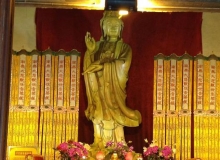
JADE BUDDHA TEMPLE
The Jade Buddha Temple is one of the most famous Buddhist temples to be found in Shanghai. The White Jade Buddhas were brought here from Burma in the nineteenth century. One is seated while the other is in the recumbent position of Sakyamuni symbolizing the Buddha's attainment of enlightenment or nirvana. The temple also has some impressive images of the Heavenly Kings. Although many people come to worship each day and burn incense at this very holy and active shrine, visitors are welcome.
The Jade Buddha Temple is a good place to go whether you are a Buddhist or not, the peaceful and transcendent atmosphere adds a kind of richness to our busy modern society.
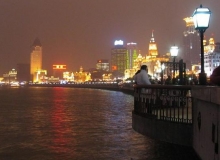
THE BUND
Situated on the east bank of the Huangpu River, here, one can enjoy the bracing air and fine sunshine as well as seeing something of the many activities along the river. The new finance and commercial houses cluster together along the south of the Bund while along the west there is a wealth of grand buildings in the European architectural styles of the nineteen-twenties, thirties and early forties. Marshal Chen Yi's statue looks down on the square where lively musicians gather to play and sing bringing pleasure to the many people who stop by to listen. At night bright lights add to the happy atmosphere as people stroll along the wide riverside promenade.
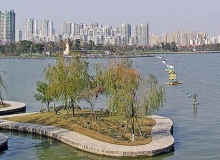
SUZHOU
Suzhou is located in the center of the Yangtze Delta, in the south of Jiangsu Province, with Shanghai to the east, Zhejiang Province to the south, Wuxi City to the west and the Yangtze River to the north. Since 42% area of the city is covered by water, including a vast number of ponds and streams, Suzhou is praised as the 'Oriental Venice'. Taihu Lake, four fifths of which is in the territory of Suzhou, is one of the four largest fresh lakes in China, with East Hill, West Hill and other scenic spots in its vicinity. The city is cut by the Beijing-Hangzhou Grand Canal from north to south. Together with its mild climate, making it an available destination all year round, fertile landscape and abundance of produce, it is no wonder that Suzhou is called 'paradise on earth'.
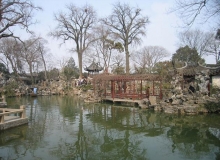
LINGERING GARDEN
Occupying an area of 23,300 square meters (about 5.8 acres), the Lingering Garden is located outside Changmen Gate in Suzhou, Jiangsu Province. Originally a classical private garden, it is one of the four most famous gardens in China. Possessing typical Qing style, it is well-known for the exquisite beauty of its magnificent halls, and the various sizes, shapes, and colors of the buildings. In 1997, the garden was recorded on the list of the world heritage by UESCO.
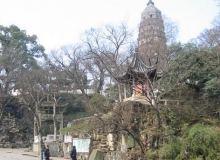
TIGER HILL
A famous Song Dynasty poet, Su Shi said, 'It is a lifelong pity if having visited Suzhou you did not visit Tiger Hill.' This epitomises the general opinion of those who have seen this local beauty spot with its many attractions that we shall endeavour to describe for you.
Tiger Hill, known also as Surging Sea Hill, is a large hillock covering some14100 square metres (over three acres) and is 36 metres (118 feet) in height. Climbing the hill, you will find a number of historical sites some of which can be traced back over 2500 years to the founding of Suzhou. Although the hill is relatively small it has rich history.
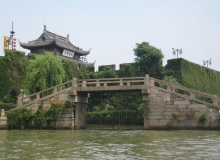
GRAND CANAL
Located to the west of the city. It is believed to be the largest internal waterway in the world, and was originally constructed to carry tribute grain from the Yangzi plain to the capital. Marco Polo, who visited Suzhou in the 13th century, wrote that ?the great Khan... has made a huge canal of great width and depth from river to river and from lake to lake and made the water flow along it so that it looks like a big river. By this means it is possible to go ... as far as Khan-balik' (as Beijing was known in the Yuan Dynasty). Although the canal is not used for long-distance transport today, it is still heavily used by a great number of flat-bottomed boats under sail and engine power conveying agricultural produce to nearby towns.
Subscribe here to our monthly newsletters


